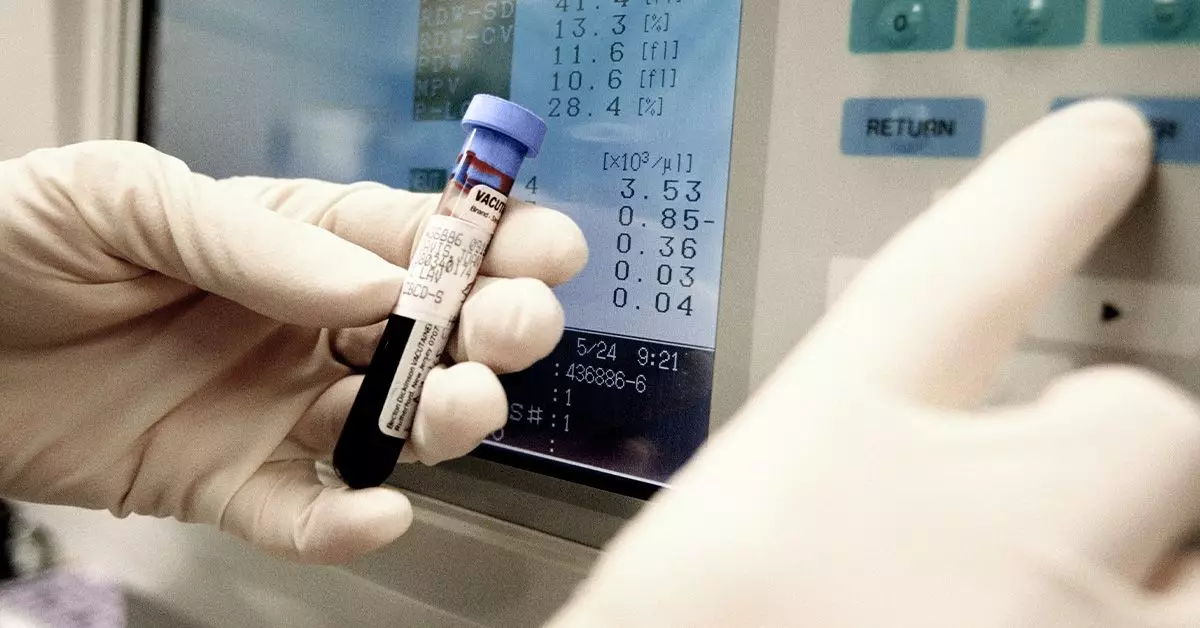Chronic myelomonocytic leukemia (CMML) represents a rare yet significant category of blood cancer that poses unique challenges for patients and healthcare providers. Unlike acute forms of leukemia, which progress rapidly, CMML is characterized by its chronic nature, allowing it to develop more gradually. This article delves into the complexities of CMML, exploring its underlying causes, treatment modalities, and varied prognoses for those affected.
CMML is classified under the category of leukemia, where abnormal blood cell production leads to a range of health complications. Patients with CMML often experience an overproduction of monocytes, a type of white blood cell, which can impede the function of healthy blood cells. Unlike acute myeloid leukemia (AML), where the disease manifests swiftly, CMML’s slow progression means that symptoms may not always be apparent in the early stages.
Understanding the underlying mechanisms of CMML reveals two main pathological processes: the presence of genetically altered blood cells and the proliferation of immature white blood cells, known as blasts. These immature cells spill into circulation, leading to crowding at the expense of fully developed blood cells, thereby compromising the immune system and overall health.
The classification of CMML can vary, particularly with regards to the number of blast cells present in the bone marrow. The percentage of blasts is a critical factor; for example, a blast percentage of fewer than 5% is typically associated with a milder form of the disease, while higher levels indicate more aggressive symptoms and complications. CMML is further categorized into myelodysplastic CMML (MD-CMML) and myeloproliferative CMML (MP-CMML). The distinction between these types hinges on whether the disease relates to defective blood cell production or excessive white blood cell generation.
Patients diagnosed with MP-CMML often present with elevated white blood cell counts, potentially exceeding 13,000 cells per microliter. Understanding these classifications aids in tailoring treatment approaches and predicting disease trajectories.
While experts are still investigating the precise etiology of CMML, several risk factors have emerged. Age is a prominent factor, as the majority of CMML cases occur in individuals aged 60 years or older. Gender also plays a role; males have a higher incidence compared to females. History of prior chemotherapy treatments can predispose individuals to developing CMML, suggesting that genetic changes during a person’s life may also be a contributing factor to its onset.
Children are affected by a variant known as juvenile myelomonocytic leukemia (JMML), which typically surfaces before the age of four. Unlike its adult counterpart, JMML is often linked to genetic mutations that arise postnatally, not inherited ones. Notably, children with certain congenital conditions, including Noonan syndrome, are at an increased risk of developing JMML.
Currently, there is no definitive cure for CMML, making management strategies crucial for patient wellbeing. Treatments generally encompass drug therapies, chemotherapy, and stem cell transplants. While these interventions do not eliminate the disease, they can lead to periods of remission and significantly improve the quality of life.
The therapeutic landscape for CMML is continuously evolving, as researchers explore novel treatment pathways. Personalized medicine approaches are becoming increasingly prevalent, aimed at targeting specific genetic alterations found in an individual’s cancer cells.
The outlook for individuals diagnosed with CMML varies considerably. Factors such as age, white blood cell count, and overall health condition at diagnosis can influence survival rates. Some studies indicate that those with low-risk CMML may achieve extended remission, potentially living several years without significant intervention. However, a subset of patients may progress to acute forms of leukemia, with studies suggesting an average survival duration of 16 months for high-risk individuals post-diagnosis.
The variability in prognosis underlines the importance of ongoing monitoring and individualized treatment strategies. Understanding CMML is paramount for improving outcomes, as early detection and a tailored therapeutic approach can make a significant difference in the lives of those affected by this complex disease.

